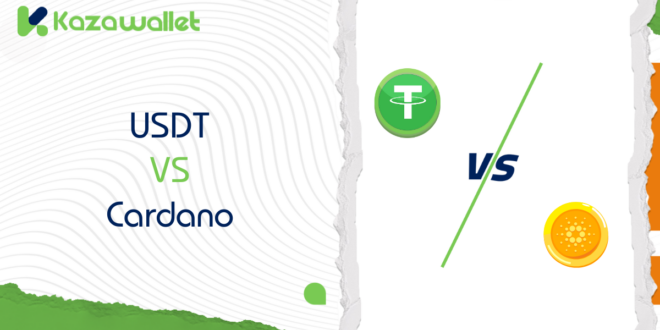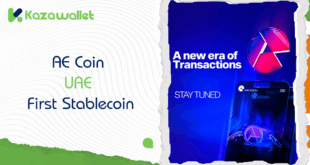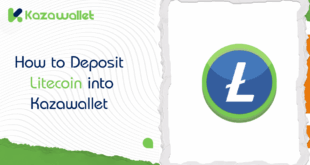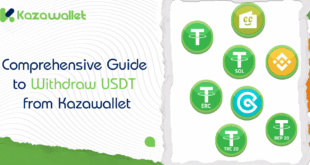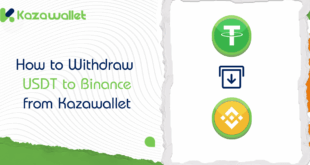In the world of cryptocurrencies, whose prices have seen wild swings amidst sharp rises and unexplained falls, some coins remain a perfect example of the nature of this market.
On one hand, we have USDT, a stablecoin allegedly pegged to the US dollar and promising stability amidst the bedlam.
In contrast, we have Cardano, which is an ambitious blockchain infrastructure with a very different, innovative vision, one that’s in pursuit of growth and embraces market volatility as part of its journey.
The following article will discuss USDT vs Cardano: the difference between USDT and Cardano, the advantages and disadvantage of each, and the risk analysis that investors can make in each.
What is USDT?
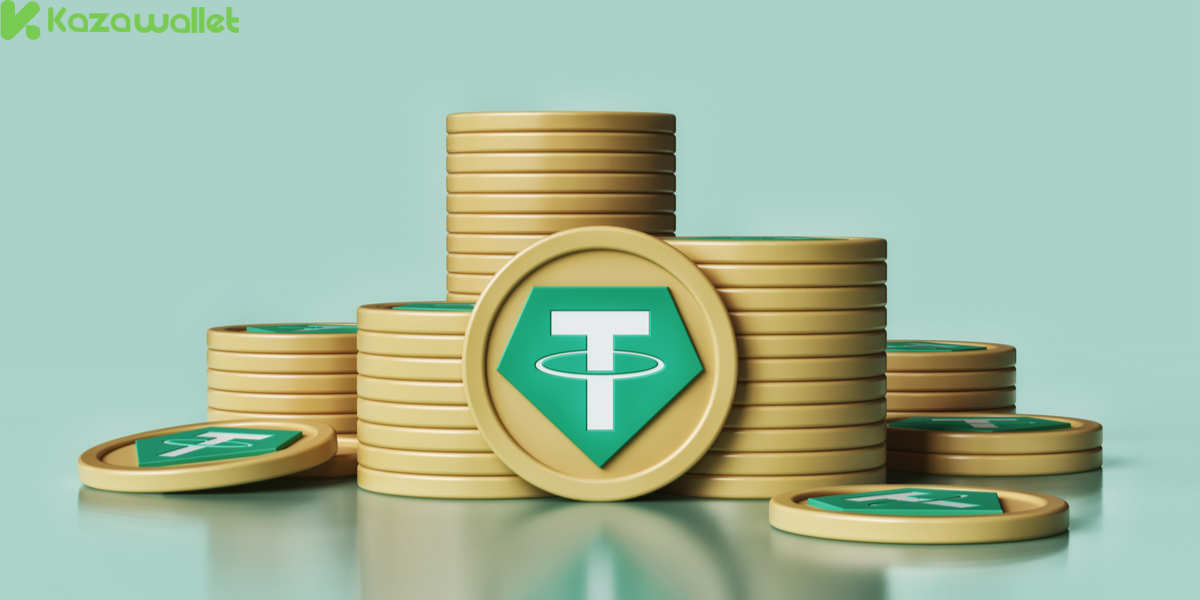
USDT is a cryptocurrency; for every cryptocurrency, it goes by the name stablecoin. In such cases, the value is pegged to another stable currency, such as the US dollar.
The main idea of stablecoins, such as USDT, is to reduce the extreme volatility typical in cryptocurrency markets and provide investors with more stable, less risky conditions in which to trade.
The core idea with USDT is that each unit is allegedly backed by one US dollar in Tether’s reserves. The peg with the dollar will supposedly help it maintain a close value to the US dollar and avoid large and frequent market fluctuations typical of other cryptocurrencies.
When the market is so volatile, USDT is a comparative haven where investors can hold their funds until the market gets stabilized, thereby reducing their exposure to possible losses. However, it is important to note that relative stability is not entirely guaranteed by USDT, and risks abound in its use.
What is Cardano?
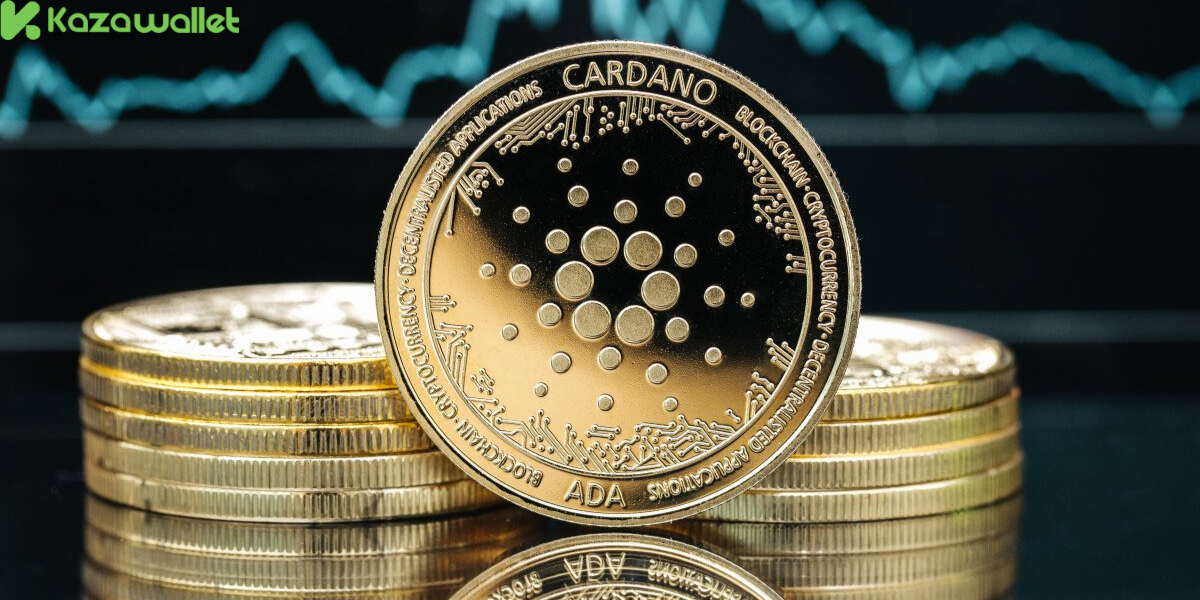
Cardano is an open-source, decentralized blockchain platform that is supposed to become scalable, secure, and fast through a focus on transparency and decentralization.
It forms one comprehensive platform on which decentralized applications are run and funds and data are moved around securely and efficiently. Its native cryptocurrency is ADA, and it is used in all transactions on the network.
Cardano is developed in Haskell, a very secure and fast language that has been tested and used to produce reliable code; this increases security in this system.
Cardano is also using a Proof-of-Stake model to secure the network, which wastes less energy compared-for the representative example with the PoW mechanism used in Bitcoin, hence its sustainability is enhanced.
It also boasts a novel update and improvement management system that provides active voting possibilities for users on proposed changes in the course of development.
Behind it stands a very active community that, with every step, contributes to the development of Cardano, while the Cardano Foundation develops innovations and sustainability within the Cardano ecosystem through projects that contribute to the improvement of technology and its wider use.
Read more: Top 5 cryptocurrencies to invest in 2025: Invest Smartly!
USDT vs Cardano
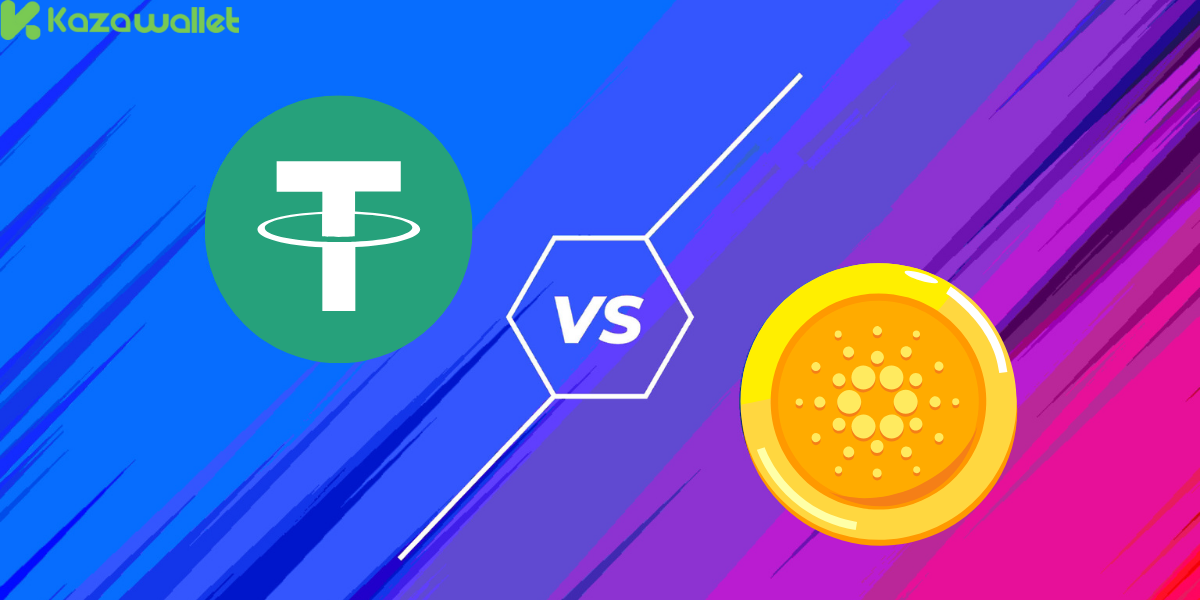
USDT:
When we talk about USDT vs Cardano we should mention the features of USDT:
- Type: When we talk about USDT vs Cardano we should mention that USDT is a stablecoin aiming to maintain a stable value equal to the US dollar. Each USDT unit is supposedly backed by one US dollar, or equivalent assets, held in the issuer’s reserves. Unlike Solana, it is not a volatile cryptocurrency.
- Goal: The main goal of USDT is to maintain a stable price approximating the US dollar (1 USDT ≈ 1 USD).
- Volatility: Despite its design for stability, USDT’s price isn’t absolutely guaranteed. It has experienced past volatility, raising questions about the effectiveness of its dollar peg mechanism.
- Supply: When we talk about USDT vs Cardano, we should mention that there is no maximum supply for USDT; the issuing company can issue more as needed. This differs from many other cryptocurrencies with a pre-defined limited supply.
- Uses: USDT is widely used in the cryptocurrency market for various purposes, such as facilitating transfers between cryptocurrencies, trading to reduce price volatility risks, and preserving value more stably than other cryptocurrencies.
- Backing: When we talk about USDT vs Cardano, we should mention that USDT is backed by reserves of US dollars or other assets. However, complete transparency regarding the nature of these reserves and their full coverage of USDT issuance remains a subject of discussion and debate in financial circles.
Cardano (ADA):
When we talk about USDT vs Cardano we should mention the features of Cardano:
- Type: When we talk about USDT vs Cardano we should mention that Cardano (ADA) is a decentralized cryptocurrency and an independent blockchain platform.
- Goal: The Cardano project aims to build a fast and efficient environment enabling the development and operation of high efficiency decentralized applications (dApps).
- Volatility: ADA is known for its significant and frequent price fluctuations, making it a high-risk investment.
- Supply: When we talk about USDT vs Cardano we should mention that the maximum total supply of ADA is limited to 45 billion units.
- Uses: ADA is used as a digital payment method, an investment tool, and fuel for running decentralized applications on the Cardano platform.
- Technology: The Cardano platform relies on a Proof-of-Stake (PoS) consensus mechanism to secure the network, making it more energy-efficient than other mechanisms like Proof-of-Work (PoW).
- Network: When we talk about USDT vs Cardano, we should mention that Cardano is an independent blockchain network with ADA as its native and primary cryptocurrency. USDT vs Cardano
Risks Associated with USDT and Cardano
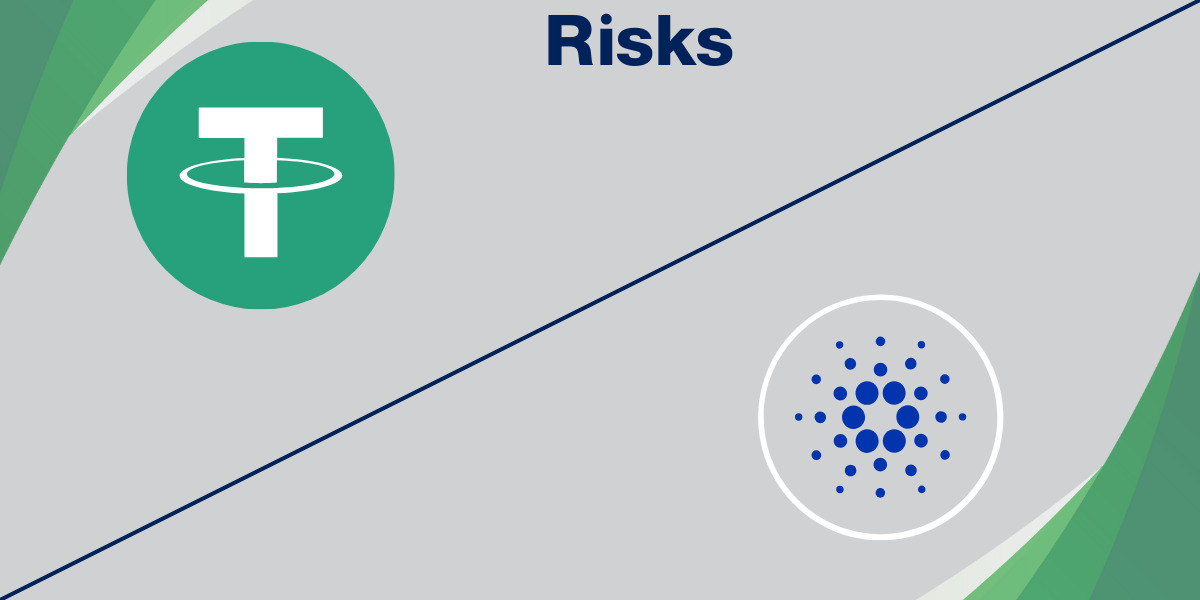
Risks Associated with Tether (USDT)
Auditing and Transparency: Tether has undergone extensive audits by various regulatory bodies, yet it has faced significant fines from a US regulatory agency. This raises questions about its future commitment to regulatory compliance and whether it will maintain the level of transparency it previously announced.
Reserves: Tether’s lack of complete transparency regarding its reserves is a major concern. While the company insists that each USDT is backed by reserves of cash and other assets, doubts remain about the sufficiency of these reserves to cover all issued tokens and meet withdrawal requests at any time.
Volatility: USDT has experienced temporary de-pegging from the US dollar, with its value dropping slightly at times before returning to the $1 level. These short-term fluctuations pose a potential risk, especially given USDT’s widespread use in trading.
Security: Potential security breaches represent a significant risk to USDT investors. A hack of a digital wallet containing USDT could lead to the irretrievable loss of funds, exposing investors to potentially catastrophic financial losses.
Some services help mitigate these risks. For example, certain cryptocurrency wallets like Kazawallet facilitate USDT transactions by providing a smooth and secure mechanism for buying, storing, depositing, and withdrawing the currency. This reduces the risk of dealing with untrustworthy or vulnerable platforms, thereby mitigating some of the risks associated with using USDT.
Risks Associated with Cardano (ADA)
Market Volatility:
- The price of ADA, like any other cryptocurrency, is affected by a wide range of factors. This includes news related to the project, such as the launch of new updates or new partnerships, as well as general news in the cryptocurrency market, such as statements from influential figures or regulatory changes. The global economic situation, including inflation and interest rates, also impacts the price of ADA.
Technical Risks:
- Scalability: Although Cardano aims to solve the scalability problem, achieving this goal is not guaranteed. The network may struggle to process a large number of transactions simultaneously, potentially leading to higher transaction fees or significantly slower transaction speeds.
- Security: Despite Cardano’s use of the “Proof-of-Stake” consensus mechanism, it is not immune to attacks. Security vulnerabilities may emerge in the protocol, potentially leading to network breaches or theft of funds from users.
Competition:
- A large number of other blockchain platforms and cryptocurrencies compete fiercely with Cardano. These competitors include Ethereum, Solana, and Bitcoin. These platforms may surpass Cardano in terms of advanced technology, ease of use, or market adoption, potentially leading to a decrease in ADA’s value compared to these currencies.
Regulation:
- Cryptocurrencies, including ADA, lack regulatory clarity in many countries around the world. Changes in laws and regulations could lead to restrictions on the use of ADA or even a complete ban in some regions. Regulatory frameworks also differ from country to country, making it difficult for Cardano to expand globally effectively.
Market Risks:
- Cryptocurrency markets are known for the emergence of market bubbles, where prices rise sharply and then fall suddenly. ADA may be susceptible to such bubbles, exposing its investors to significant losses. Additionally, the price of ADA is affected by market supply and demand. If demand for ADA decreases, its price may fall significantly.
Security Risks:
- Cardano may be vulnerable to hacking or other attacks targeting the network or users’ digital wallets. Security vulnerabilities in the protocol may be exploited by hackers, potentially leading to theft of funds or disruption of network operation.
In Conclusion:
The difference between USDT and Cardano speaks volumes about the principal challenge in the world of cryptocurrencies: balanced pursuits of security and stability with phenomenal growth.
While USDT is a relatively safe harbor, Cardano provides great perspectives in regard to innovation and development but also features a very high level of risk.
The above underlines how meaningful and prudent the strategic planning of USDT versus Cardano is in investment, whatever one’s desired outcome may be. The best choice is not a question of security versus growth but a decision predicated on smart balancing between stability and the possibility of profit in this ever-changing world.
Worth noting is the fact that ease of use with cryptocurrencies is on the increase with wallets such as Kazawallet, which allows one to easily and securely buy, store, deposit, and withdraw these currencies for trading and transfers among different cryptocurrencies.
 Blog Kazawallet
Blog Kazawallet
